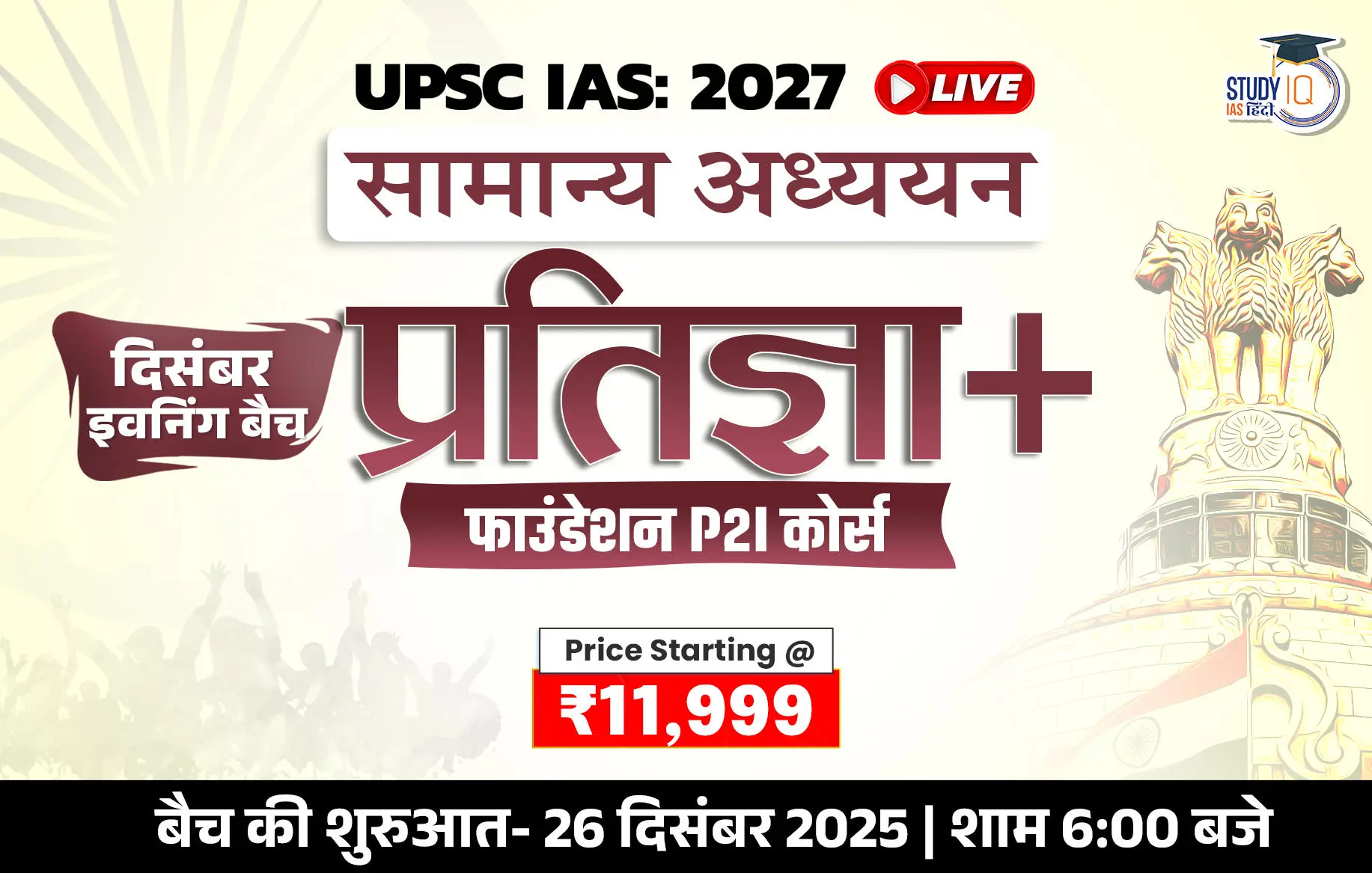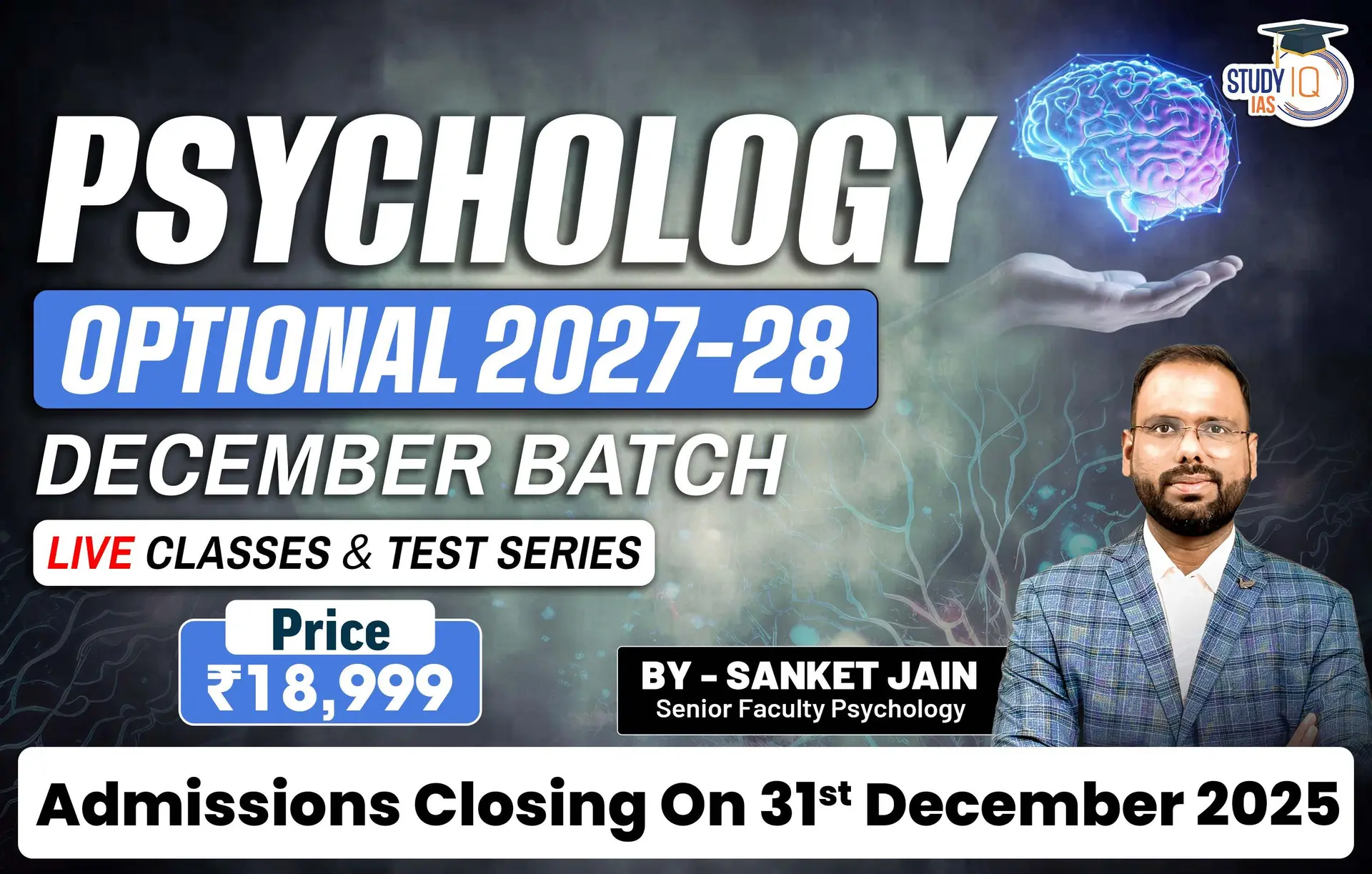UPSC Prelims News of 5 January 2023
Rise in Silent Valley Bird Species
Context: Survey of birds in Silent Valley National Park has identified 141 species, of which 17 were new. With this, a total of 175 species of birds have been spotted in Silent Valley.
Silent Valley National Park:
- Location: It is located in the Palakkad and Malappuram districts of Kerala and shares a border with the Nilgiris district of Tamil Nadu.
- Silent Valley is at the core of the Nilgiri Biosphere Reserve and is a part of the Western Ghats World Heritage Site.
- It is named Silent Valley because of the perceived absence of noisy cicadas.
- Flora: Southwestern Ghats mountain rainforests and tropical moist evergreen forests.
- Fauna: Lion-Tailed Macaques and Malabar Giant Squirrels.
- Rivers: Bhavani River, a tributary of Kaveri River, and Kunthipuzha River, a tributary of Bharathappuzha river, originate near Silent Valley. The Kadalundi River has also its origin in Silent Valley.
- Indigenous community: Kurumbar, Irula and Mudugar
UPSC Prelims News 4 January 2023
Virovore
Context: Researchers have claimed to have discovered a virovore–an organism that eats viruses.
- The discovered species of Halteria and Paramecium can eat huge numbers of infectious chloroviruses.
- Halteria are microscopic ciliates that populate freshwater throughout the world.
- The research shows that a virus-only diet, termed “virovory” is enough to fuel the physiological growth and even the population growth of an organism.
- It is estimated that ciliates in a small pond might eat 10 trillion viruses a day.
- Significance: The new research may change our understanding of the role viruses play in the food chain at a microscopic level and it also completely changes our view on global carbon cycling.
- Virus: A virus is an infectious microbe consisting of a segment of nucleic acid (either DNA or RNA), which can only replicate inside a living cell.
Electronic Supreme Court Reports (e-SCR) Project
Context: In a step towards digitization, the Chief Justice of India announced the launch of the electronic Supreme Court Reports (e-SCR) project to provide free access to its judgements to lawyers, law students and the common public.
- The e-SCR project is an initiative to provide a digital version of the Supreme Court Judgements in the manner as they are reported in the official law report – ‘Supreme Court Reports’.
- Objective: digitisation of the Indian Judiciary; vision: to bring in positive change for benefit of stakeholders of justice – litigants, Bar members of Law, Law Universities, Judicial academies, etc.
- Also, the Supreme Court has developed a search engine with the help of the National Informatics Centre comprising elastic search techniques in the database of e-SCR.
- The project has been made available on the SC’s website and will be also made available on the mobile application of the SC, on the Judgment portal of the National Judicial Data Grid (NJDG) etc.
- Significance:
- Benefits all the stakeholders by reducing the burden of travelling and browsing through huge volumes of journals in libraries.
- The entire judgments from the inception of the Supreme Court in 1950 till date would be available on e-SCR.
Sunni Dam Hydro Electric Project
Context: The Cabinet Committee on Economic Affairs chaired by the Prime Minister, has approved the investment for the 382 MW Sunni Dam Hydro Electric Project in Himachal Pradesh.
- The River project is being executed on the Sutlej River in Shimla and Mandi districts, and the project is being executed by Sutlej Jal Vidyut Nigam Limited (SJVN).
- The proposal shall provide various benefits to local suppliers/ local enterprises/ MSMEs and shall encourage entrepreneurship opportunities within the country.
- The implementation of the project shall generate direct and indirect employment for about 4,000 persons, while also promoting the socio-economic development of the region.
- This project would help in the reduction of 11 lakh tons of carbon dioxide from the environment annually and Himachal Pradesh would benefit with around Rs 2,587 crore worth of free power.
Comprehensive Migration and Mobility Partnership Agreement” (MMPA)
Why in News?
- India will be signing a “Comprehensive Migration and Mobility Partnership Agreement” (MMPA) with Austria.
About:
- It aims at the facilitation of mobility of students, academics, and researchers, migration for professional and economic reasons, and abiding by equal treatment of nationals of both Parties in a similar situation.
- The provisions of this Agreement will be without prejudice to the application of national laws on the stay of foreigners on all the points that are not dealt with in this Agreement.
- The significance of the MMPA is that it will help to curb illegal migration between India and Austria.
POCSO Act
Why in News?
- Recently, the Madras High Court held that the description of the Incident assumes significance as a child might not know what sexual assault is.
About:
- POCSO Act took effect in 2012.
- The Act has been enacted to protect children from offences of sexual assault, sexual harassment and pornography and to provide for the establishment of Special Courts for the trial of such offences and related matters and incidents.
- The act for the first time was amended in 2019 by The Protection of Children from Sexual Offences (Amendment) Act, 2019.
- This amendment enhanced the punishment to include death penalty for aggravated penetrative sexual assault of the child.
Currency in Circulation
Why in News?
- Nearly six years and two months after the government announced demonetisation in 2016, currency with the public is reported to be at a new high.
About:
- Currency in circulation refers to the amount of cash in the form of paper notes or coins within a country that is physically used to conduct transactions between consumers and businesses.
- It represents part of the overall money supply, with a portion of the overall supply being stored in checking and savings accounts.
- It is an important component of a country’s money supply.
- The RBI has the sole right to issue currency notes. The Government of India is the issuing authority of coins and supplies coins to the Reserve Bank on demand.
Graded Response Action Plan
Why in News?
- CAQM Sub-Committee has decided to roll back Stage-III of GRAP in the entire NCR with immediate effect.
About
- Graded Response Action Plan has been prepared for implementation under different Air Quality Index (AQI) categories namely, Moderate & Poor, Very Poor, Severe and emergency in the NCR region.
- The Plan was notified by the Ministry of Environment, Forests & Climate Change in 2017.
- It institutionalised measures to be taken when air quality deteriorates.
- It prevents PM10 and PM2.5 levels from going beyond the ‘moderate’ national AQI category.
Implementation:
- Commission for Air Quality Management (CAQM) is implementing agency of GRAP.
- CAQM is a statutory mechanism to coordinate and oversee diverse efforts to improve air quality in Delhi, Punjab, Haryana, Rajasthan and UP, with the underlying remedial approach.
Siyom River Bridge
Why in News?
- The Defence minister inaugurated the Siyom bridge in Arunachal Pradesh, along with 27 other infrastructure projects completed by the Border Roads Organisation.
About
- The Siyom Bridge is a state-of-the-art 100-meter long, Class 70 Steel Arch Superstructure over Siyom River in Arunachal Pradesh.
- The Siyom Bridge will facilitate faster induction of troops, heavy equipment like howitzers and mechanised vehicles to forward areas of the Upper Siang district, Tuting and Yinkiong regions along the Line of Actual Control (LAC).
- Siyom River
- It is a right-bank tributary of Brahmaputra and is a latitudinally flowing river in Arunachal Pradesh.
- River Siyang (Tsangpo) joins river Siyom in the West Siyang district.
- It flows through the western borders of Mouling National Park.
Green Hydrogen Blending Operation/Project
Why in News?
- NTPC Limited and Gujarat Gas Limited (GGL) have commissioned India’s first green hydrogen blending project in the piped natural gas (PNG) network of NTPC Kawas township, Surat.
About
- The project, which aims to supply H2-NG (natural gas) to households in the Kawas township, was made possible through the electrolysis of water using power from a 1 MW floating solar project.
- Petroleum and Natural Gas Regulatory Board (PNGRB), the regulatory body has given approval for 5% vol./vol. blending of green hydrogen with PNG to start with and the blending level would be scaled phase-wise to reach 20%.
- Green hydrogen when blended with natural gas reduces CO2 emissions keeping the net heating content the same.
- The project would bring India to the centre stage of the global hydrogen economy

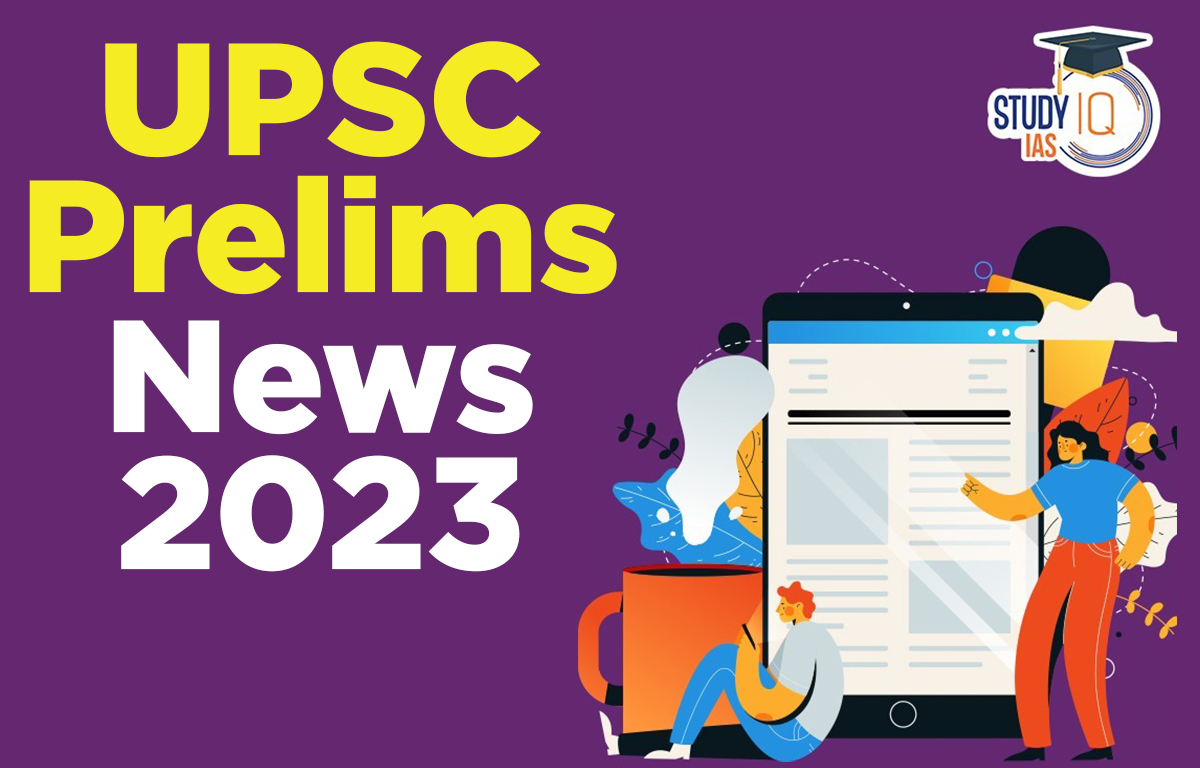
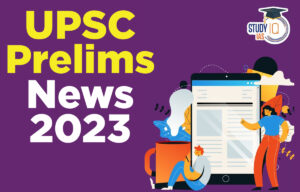 UPSC Prelims News 17 March 2023
UPSC Prelims News 17 March 2023
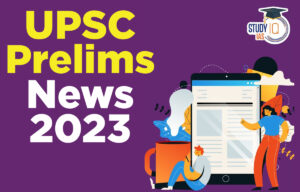 UPSC Prelims News 7 March 2023
UPSC Prelims News 7 March 2023
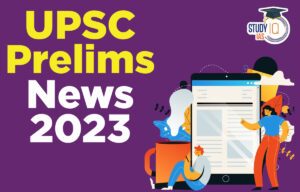 UPSC Prelims News 1 March 2023
UPSC Prelims News 1 March 2023


